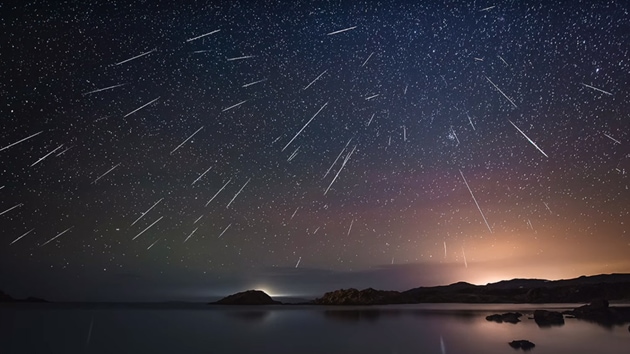All you need to know about the Geminid meteor shower which is set to reach its annual peak
he Geminids are nearly 200 years old, according to known records and are considered one of the best meteor showers every year because the individual meteors are bright and fast.
The famous Geminid meteor shower will sling bright shooting stars as the shower reaches its annual peak on the intervening night of December 13 and14 which also coincides with the new moon. The Geminids are nearly 200 years old, according to known records and are considered one of the best meteor showers every year because the individual meteors are bright and fast. In 2019, because of the nearly-full moon, the Geminids only produced about 20 to 30 meteors visible per hour.

Here’s everything you need to know about the Geminid meteor shower:
Where do they come from?
The Geminids are associated with the near-Earth object 3200 Phaethon, an asteroid that may have undergone a collision with another object in the distant past to produce the stream of particles that Earth runs into — creating the meteor shower. The orbit of the asteroid 3200 Phaethon, which passes around the Sun once every 1.4 years has an elongated path like that of comets. The Geminid meteor shower comes every year when Earth passes through the debris left along the asteroid’s path.
How to see them?
The Geminids appear to emanate from the bright constellation Gemini. To find Gemini in the Northern Hemisphere, look in the southwestern sky for the constellation Orion, the hunter. Then look to the left of Orion to see Gemini, high in the southwestern sky. In the Southern Hemisphere, Gemini appears to the lower right of Orion. Although the meteors will appear to stream away from Gemini, they can appear all across the sky. If you look slightly away from Gemini, you will be able to see meteors with longer “tails” as they streak by.
When to see them?
With no interference from moonlight, skywatchers can see around 60 to 120 meteors per hour on the night of the peak as the meteors tend to peak about 2am but can be seen as early as 9-10pm.
How to get the best view?
Meteor showers don’t require binoculars or telescopes to view, just your bare eyes.



